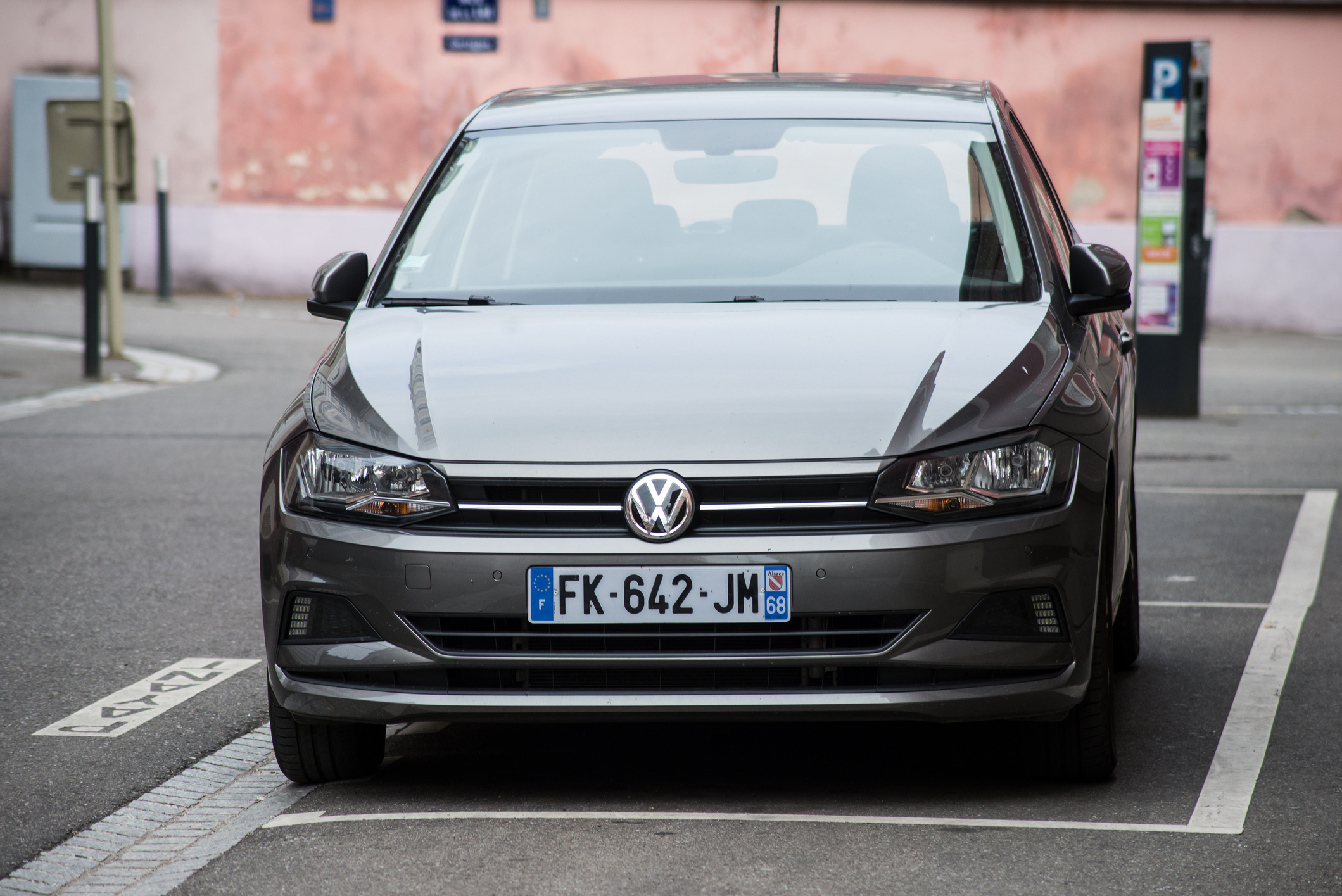After four decades of resounding success, the Volkswagen Polo is drawing to a close in Europe. The Pamplona plant, which has been the beating heart of production of this iconic small city car, is preparing for a radical change. A historic turning point for the German brand, and an emotional moment for employees and car lovers alike.
The Volkswagen Polo heritage
Since its launch in 1975, the Volkswagen Polo has captured hearts with its compact design, reliability and robust performance. It has accompanied millions of drivers in their daily lives, becoming a benchmark in the small car segment. In forty years, more than 18 million units have been sold worldwide, testifying to its incredible popularity.
This small city car has evolved over the years, adapting to the changing needs of consumers while retaining its essence. The Polo has incorporated the latest technological innovations without ever losing sight of what makes it so attractive: simplicity and efficiency. It has also left its mark on its era thanks to its sports versions, such as the Polo GTI, which have seduced thrill-seekers.
Polo milestones
- 1975: Launch of the first generation.
- 1981: Introduction of the second generation, with immediate commercial success.
- 1994: Release of the third generation, widely acclaimed for its improved comfort.
- 2009: The fifth generation strengthens the Polo’s presence on the world market.
- 2017: Sixth generation, with advanced technologies and more efficient engines.
Transition to the electric era
The end of Volkswagen Polo production in Europe marks a major turning point for the Pamplona plant. From now on, the Spanish site will focus on the manufacture of new electric models, in particular the next urban SUVs from Volkswagen and Skoda. This change is part of a wider strategy by the German manufacturer. Volkswagen is aiming to electrify its range of vehicles in response to environmental challenges.
The imminent arrival of these electric models reflects Volkswagen’s desire to establish itself as a leader in the field of sustainable mobility. As the automotive industry evolves, the transition to cleaner vehicles is becoming an inescapable necessity. Refurbishing the Pamplona plant is therefore crucial if we are to prepare for the future and align ourselves with new market trends.
The challenges of reorientation
Reorienting a factory is no easy task. It involves not only massive investment in new technologies and infrastructure, but also retraining workers to meet new production needs. This is a major challenge, but one that is essential if we are to guarantee the long-term future of the site and ensure its competitiveness in a rapidly changing market.
Employees at the Pamplona plant will face a transition period that could be difficult, but this change also brings many opportunities. Investment in skills and ongoing training are crucial to the success of this industrial transformation. Moreover, producing electric vehicles in Europe represents a strategic advantage in terms of logistics and proximity to key markets.
Production relocated to South Africa
While the Pamplona plant is preparing to welcome new electric projects, production of the combustion-powered Volkswagen Polo is not stopping. It is simply being transferred to the Kariega plant in South Africa, where the last examples of this legendary car will continue to be produced. This transfer will enable Volkswagen to maintain a range of products for markets where combustion-powered cars are still in demand.
The Kariega plant in South Africa has already proved its expertise with the production of various Volkswagen models in the past. It is well equipped to handle production of the Polo, ensuring that the car’s renowned quality and reliability will be preserved. Motorists will still be able to enjoy this much-loved model, even if its availability will be limited to certain specific markets.
Implications for the European market
The end of Volkswagen Polo production in Europe will certainly have an impact on the local market. For many European drivers, the Polo was more than just a car; it was almost a member of the family. Its absence will create a gap that new alternatives will have to fill. However, it also opens the door to a new wave of electric vehicles entering the European market.
The new electric options will offer a whole range of modern, environmentally-friendly features that will meet the expectations of today’s consumers. They will play a key role in reducing CO2 emissions and encouraging the adoption of sustainable modes of transport, in line with the climate targets set by Europe.
The reaction of consumers and car enthusiasts
The news that production of the Volkswagen Polo is to cease in Europe has provoked a wide range of reactions. For many, it’s an emotional moment, because this car has accompanied several generations of drivers. Forums and social networks are awash with memories shared by owners and long-time fans, recalling their experiences with this cult model.
Some are saddened by the decision. They point out that the Polo has long been an affordable and reliable car for many families. Others, on the other hand, support the transition to electric vehicles. They recognise the importance of protecting our planet and adopting more sustainable modes of transport.
An icon that endures in the hearts of Europeans
Despite the end of production in Europe, the Volkswagen Polo will live on in the hearts of those who loved it. Its various models have left an indelible mark on the automotive industry and its users. Even if it gives way to new innovations, its heritage remains intact and its contributions to modern automotive technology will not soon be forgotten.
In short, the Volkswagen Polo was more than just a car; it was a pioneer and a loyal companion for millions of people around the world. Its disappearance from the European market symbolises a page being turned, but it also paves the way for a future where innovation and sustainability will be paramount.
